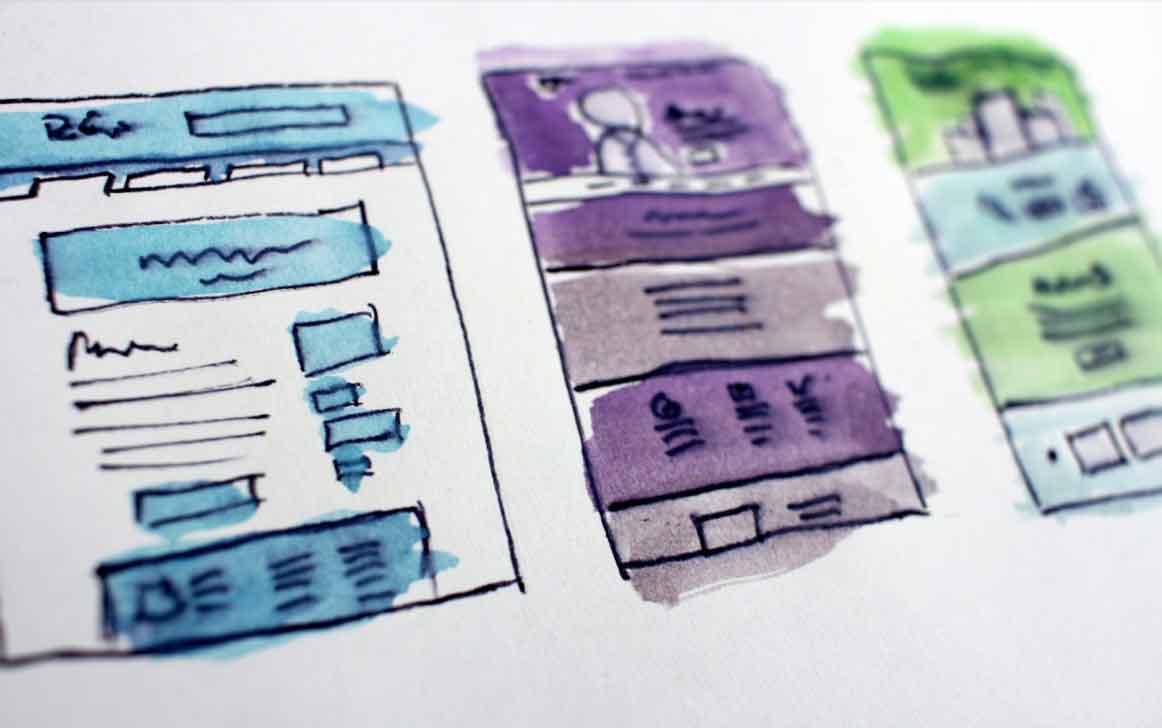By Julia Olivas
Every business wants to stand out from the crowd to gain more customers and boost its revenue. Unfortunately, many industries are crowded, and you have tons of competition out there. With so many people starting their own businesses and big-box retailers getting all the glory, small companies and startups must do everything they can to get in front of their target audiences, improve marketing, and hire the best candidates. Sadly, you can’t recruit new employees if your competition constantly overshadows you, and your sales will dwindle, too. Here are some tools to make your company stand out.
1. Company Website

Most companies already have websites. However, if you’re not using your website to sell products like an eCommerce company, you may forget how useful a company website can be. When users are looking for products and services like yours and come across your website, you want them to have a good first impression.
A poorly designed website will make good prospects run for the hills and doubt your professionalism. Meanwhile, custom web design can take any startup to the next level to help users have a good experience. When designing a company website, make sure to optimize for mobile and ensure fast load times. Every second makes a difference, and the longer a visitor has to wait for your website to load, the less likely they are to convert.
2. Online Directories
While online directories might seem like a thing of the past because people can search for your website on Google to find contact information, they still have their place. Online directories can help connect customers with local businesses. However, you’re correct to assume most people will simply Google your business name to find your address and phone number.
Because Google is so important to your customers, you must make it a priority for your business. You can start by creating a Google My Business listing and filling out all important information to help your potential customers learn all about your company.
You should also look for other directories, including Yelp, to help anyone online find you, even if they’re not using Google.
3. Reviews and Testimonials
Reviews and testimonials are important for your prospective customers and potential job candidates. However, quality candidates will not apply to your open positions if you have bad reviews, especially on job sites like Indeed and Monster. Similarly, you’re likely to lose customers if you have bad customer reviews on Google, Yelp, or anywhere else.
Instead of assuming there’s nothing you can do to force customers to leave reviews, you can start encouraging them by offering them a great experience. After a customer has purchased a product or service from you, sending them a simple follow-up email to ensure the process went smoothly can help you start to build customer loyalty. In that same email, you can ask customers to leave reviews and make it easy for them by providing them a link to where they can leave some feedback.
You can also put reviews on your website, which is a great place for video testimonials from real customers.
4. Your Logo
Unfortunately, many small businesses either don’t have a professional logo, or they have a logo a friend designed for them many years ago. However, a professional logo is a key to helping your customers start to recognize your brand and build a relationship with it. Your logo is part of your brand persona, and a good logo can help convey your brand message without using too many words. In addition, logos should be memorable to start building brand associations. Next on your list, consider getting professional photos done of your team to feature on your company website and then have the photos printed on canvas and hung around the office to highlight your team.
5. Brand Colors
Your brand colors are a marketing and sales tool, but many small business owners don’t consider their importance. The colors you choose to market your brand appear on all of your collateral, including flyers and brochures, websites, and digital ads. If you’ve kept your marketing files, designs, and collateral over the years, you can take a look at the different ways you’ve used colors. However, figuring out which colors resonated the most with your customers may be challenging if you haven’t stored files in the cloud. Luckily, you can start to experiment with different colors on your website through A/B testing.
Many websites use blue as their brand color because it signifies professionalism and security.
Colors produce emotion in the people looking at them, so your audience will react to your brand colors whether they realize it or not. Learning color psychology is a great way to figure out which brand colors are right for your business based on its unique brand personality.
Using the right colors is a critical part of branking, and you must have harmony that not only reflects your brand but can also demonstrate your values. Unfortunately, not everyone understands color psychology, so when considering the branding of your website, you can hire a professional web designer to help you understand what different colors mean.
6. Software
Using software can help streamline your marketing efforts. For example, you can use automation software to send customers emails based on where they are within the customer journey to promote sales and build relationships with potential and existing customers.
In addition, automation software can help you decide how to communicate with your audience based on where they are in their journey and the actions they’ve taken on your website. For example, if someone downloaded an e-guide, they might not be ready to make a purchase. However, if they downloaded an e-guide and filled out a form, you can assume they’re interested in learning more about your offerings.
Final Thoughts
Making your company stand out requires thoughtful strategizing that can help you understand what your customers expect from you. Then, with a little experimentation, you can start to develop plans that can help improve sales and help your customers get to know you a little bit better. Once you’ve built trust with your customers, you can start developing strategies to build loyalty to help you have long-lasting customers for many years.
About the Author
 Julia Olivas graduated from San Francisco State University with her B.A. in Communication Studies. She is a contributing writer at 365businesstips.com where she loves sharing her passion for digital marketing and content creation. Outside of writing, she loves cooking, reading, making art, and her pup Ruby.
Julia Olivas graduated from San Francisco State University with her B.A. in Communication Studies. She is a contributing writer at 365businesstips.com where she loves sharing her passion for digital marketing and content creation. Outside of writing, she loves cooking, reading, making art, and her pup Ruby.


































